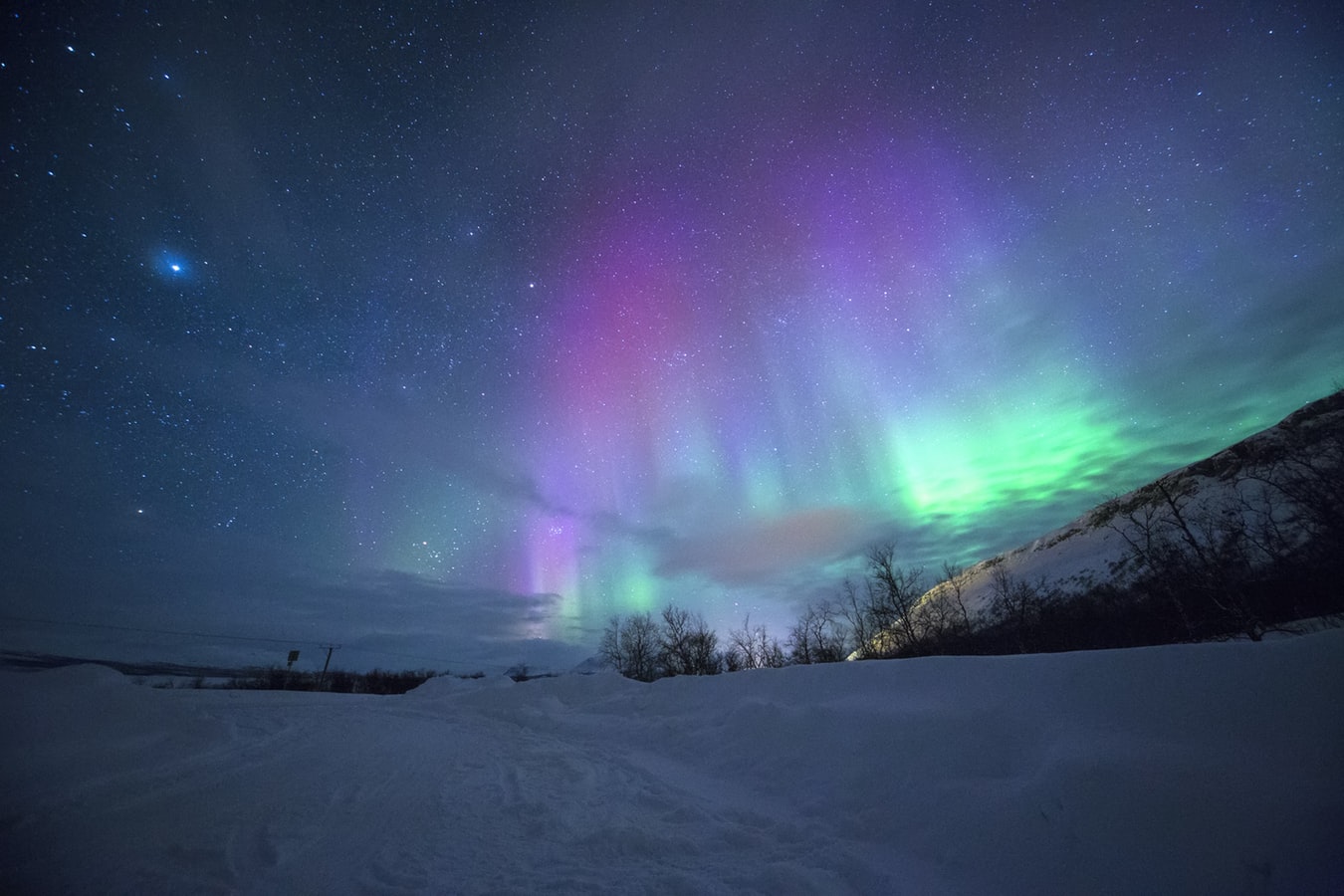Descripción/Description:
Job Position Description
The successful PhD candidate will affiliate to the Instituto de Astrofísica de Andalucía of the Consejo Superior de Investigaciones Científicas (IAA-CSIC) in Granada under the supervision of Dr. M.A. Guerrero. The research project to be carried out will be split into two different sub-projects:
a. Thorough investigation of HuBi 1
Using GTC 10.4m spectroscopic data, the candidate will determine the physical conditions and chemical composition of the inner and outer shells of HuBi 1.
The inner shell consists mostly of highly processed material from the born-again event. This material is shock-excited, preventing a traditional photo-ionization analysis. Ad-hoc shock-excitation models (such as MAPPINGS) will be used to analyze this shell in collaboration with an international expert, Dr. C. Morisset (IA-UNAM, Mexico).
The outer shell is recombining and its electronic temperature is much lower than that measured in any other ionized nebula. Classical diagnostics of the physical conditions fail in this low temperature regime, thus non-traditional line ratios will be used to assess those in collaboration with Dr. X. Fang (Univ. Hong Kong, Hong Kong), an international expert in detailed nebular spectroscopy.
b. Search for a hidden population of born-again PNe.
The particular morphological and spectroscopic properties of HuBi 1 are attributed to a born-again event. The IR excess, [WC] central star, low electronic temperature of the outer shell, and increased turbulence of its velocity map are signatures of this event. These can be used to define a space-parameter where to search for a hidden population of born-again events among the sample of Galactic PNe. In collaboration with Dr. J. Toalá (IRyA, UNAM, Mexico), a sample of candidates has already been defined based on IR properties. A compilation of the relevant information from these sources, either using available archival data or through new observations, will allow the identification of new born-again PNe.
Group Leader: Martín A. Guerrero (mar@iaa.es)
